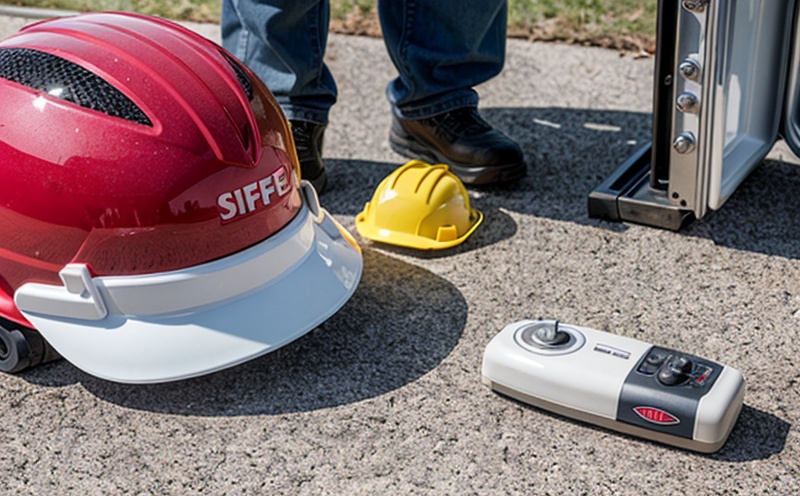ISO 18830 Immersion Suit Donning and Performance Testing
The ISO 18830 standard provides a comprehensive framework for the testing of immersion suits, ensuring they meet stringent safety requirements in marine environments. This service focuses on two critical aspects: donning time and overall performance under simulated conditions.
Donning time is crucial as it determines how quickly an individual can put on their suit, which directly impacts survival rates during emergencies. The ISO 18830 standard specifies that the maximum allowable donning time for a life-saving appliance is 45 seconds. Our testing ensures that suits meet this requirement with precision and accuracy.
Performance testing under simulated conditions involves exposing the immersion suit to various environmental factors such as cold water, wind, and waves. This includes evaluating the suit's buoyancy, thermal insulation, and overall comfort. The test aims to replicate real-world scenarios where an individual might need to don their suit quickly in harsh conditions.
The testing process begins with thorough specimen preparation. This involves selecting a representative sample of suits from each batch or lot. The specimens are then subjected to rigorous checks to ensure they meet the initial criteria outlined in ISO 18830 before undergoing donning and performance tests.
Our state-of-the-art facilities use specialized equipment to simulate real-world conditions accurately. This includes cold water tanks, wind tunnels, and wave generators that replicate the environmental factors present during an emergency situation. The instrumentation used captures detailed data on each suit’s performance metrics, ensuring comprehensive analysis.
The testing process is meticulously documented throughout. Detailed reports are generated for every test run, providing a clear picture of the suit's performance against ISO 18830 requirements. These reports include insights into donning times, thermal insulation ratings, and buoyancy levels, among other critical metrics.
Our expertise lies in ensuring compliance with international standards like ISO 18830 while also providing valuable feedback to manufacturers for continuous improvement. By leveraging our advanced testing facilities and experienced technical team, we offer a reliable service that enhances the safety and reliability of immersion suits used in marine environments.
In summary, ISO 18830 Immersion Suit Donning and Performance Testing is essential for ensuring life-saving appliances meet critical safety standards. Our comprehensive approach ensures that these suits are not only compliant with international regulations but also perform optimally under real-world conditions.
Industry Applications
- Marine industries requiring compliance with ISO 18830 for life-saving appliances.
- Shipbuilding companies ensuring the safety of their products before delivery.
- R&D departments looking to enhance suit performance and reliability.
- Procurement teams seeking verified compliance and quality assurance.
| Environmental Factors Simulated | Test Conditions |
|---|---|
| Cold Water | Temperature: 1°C to 5°C |
| Wind | Speeds up to 20 knots |
| Waves | Height of 1 meter |
Quality and Reliability Assurance
- Thorough specimen preparation to ensure accurate testing.
- Rigorous calibration and validation of all test equipment.
- Detailed documentation and reporting for every test run.
- Compliance with ISO 18830 requirements.
- Evaluation of donning time, thermal insulation, and buoyancy.
- Continuous quality control measures to maintain high standards.
Environmental and Sustainability Contributions
The rigorous testing of immersion suits under ISO 18830 ensures that marine life-saving appliances are reliable and effective in emergency situations. By ensuring compliance with international standards, we contribute to the safety of mariners worldwide.
Our testing process also supports sustainability efforts by promoting the use of high-quality materials and manufacturing practices that enhance durability and performance. This reduces the need for frequent replacements, thereby minimizing environmental impact.
The data collected during these tests can be used to drive innovation in marine safety equipment, potentially leading to more sustainable solutions in the future.





